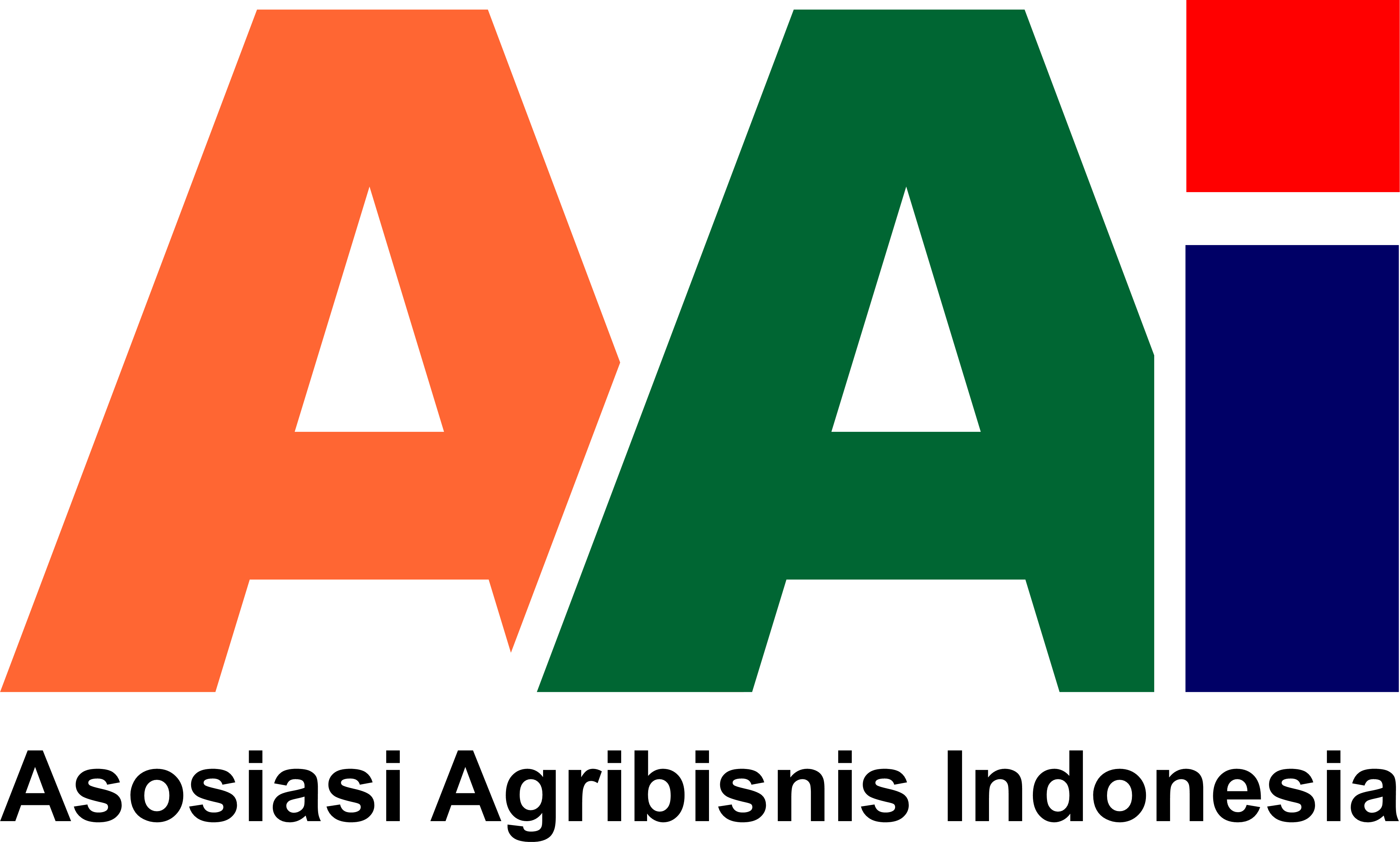DINAMIKA STRUKTUR KETENAGAKERJAAN DI PEDESAAN JAWA BARAT (DYNAMIC STRUCTURE OF THE MAN POWER IN WEST JAVA VILLAGES)
Abstract
Since of the crisis, the agriculture sector must be responsible to shift by labor fromnon agriculture to agriculture sector. In the macro level, GDP of agriculture sector increase
from 51,8 percent in 1961 to 16 percent in1995, is not fallow with labor force absorption from
41 percent in 1997 to 45 percent in 1998. The condition micro level in West Java villages
research “Panel Penelitian Petani Nasional (Patanas)” from 1983 years and 2000 years the
result to show that: a) Number of household in 2000 the majority are up to 6 education level
than 1983 years, but the number of labor force which absorption in agriculture is almost same
with condition 1983 years, is that the majority consist education level under 6 years. b) The
majority number of household in ages level 20 to 25 years in 2000 to work in non agriculture,
but the opposite the agriculture to consist up to 40 years, c) Number of household has already
worked 2000 years were oriented to commercial effort with main status wage laborer (40%)
than others status. d) Main of source the mean livelihood household in villages 2000 years
have the pattern diversification in many sectors than 1983 years which agriculture sector
concentration, is the same with source of that diversification to many sectors . Although after
come to change of the role man power since 17 years, during crisis and after crisis agriculture
sector can absorption labor force to villages and severance of relation in others sectors.
Therefore to accelerate balance of labor force and economics growth are necessary get up
non-agriculture sector has already stagnation to economics crisis.
Downloads
Download data is not yet available.
How to Cite
-, SUGIARTO.
DINAMIKA STRUKTUR KETENAGAKERJAAN DI PEDESAAN JAWA BARAT (DYNAMIC STRUCTURE OF THE MAN POWER IN WEST JAVA VILLAGES).
SOCA: Jurnal Sosial Ekonomi Pertanian, [S.l.], nov. 2012.
ISSN 2615-6628.
Available at: <https://ojs.unud.ac.id/index.php/soca/article/view/3996>. Date accessed: 16 dec. 2025.
Issue
Section
Articles
Keywords
Dynamic, Labor Force, Villages












